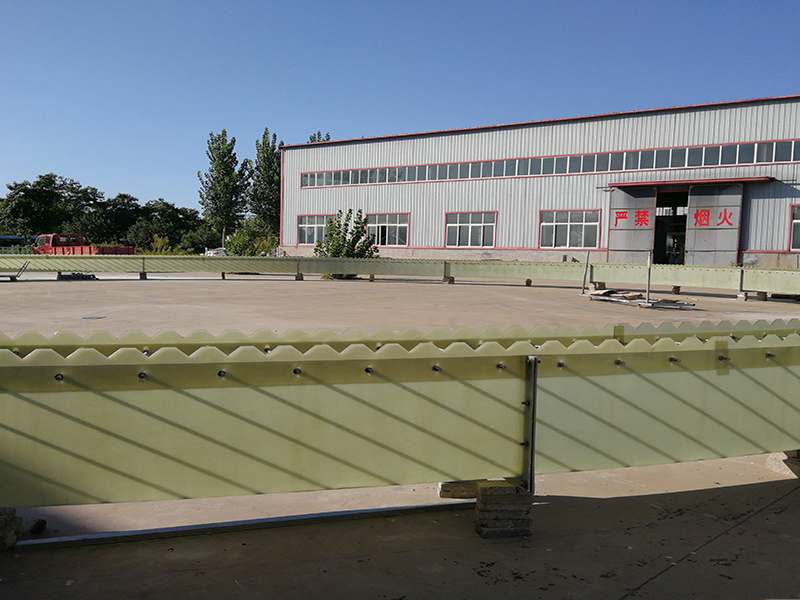
-
 Afrikaans
Afrikaans -
 Albanian
Albanian -
 Amharic
Amharic -
 Arabic
Arabic -
 Armenian
Armenian -
 Azerbaijani
Azerbaijani -
 Basque
Basque -
 Belarusian
Belarusian -
 Bengali
Bengali -
 Bosnian
Bosnian -
 Bulgarian
Bulgarian -
 Catalan
Catalan -
 Cebuano
Cebuano -
 China
China -
 China (Taiwan)
China (Taiwan) -
 Corsican
Corsican -
 Croatian
Croatian -
 Czech
Czech -
 Danish
Danish -
 Dutch
Dutch -
 English
English -
 Esperanto
Esperanto -
 Estonian
Estonian -
 Finnish
Finnish -
 French
French -
 Frisian
Frisian -
 Galician
Galician -
 Georgian
Georgian -
 German
German -
 Greek
Greek -
 Gujarati
Gujarati -
 Haitian Creole
Haitian Creole -
 hausa
hausa -
 hawaiian
hawaiian -
 Hebrew
Hebrew -
 Hindi
Hindi -
 Miao
Miao -
 Hungarian
Hungarian -
 Icelandic
Icelandic -
 igbo
igbo -
 Indonesian
Indonesian -
 irish
irish -
 Italian
Italian -
 Japanese
Japanese -
 Javanese
Javanese -
 Kannada
Kannada -
 kazakh
kazakh -
 Khmer
Khmer -
 Rwandese
Rwandese -
 Korean
Korean -
 Kurdish
Kurdish -
 Kyrgyz
Kyrgyz -
 Lao
Lao -
 Latin
Latin -
 Latvian
Latvian -
 Lithuanian
Lithuanian -
 Luxembourgish
Luxembourgish -
 Macedonian
Macedonian -
 Malgashi
Malgashi -
 Malay
Malay -
 Malayalam
Malayalam -
 Maltese
Maltese -
 Maori
Maori -
 Marathi
Marathi -
 Mongolian
Mongolian -
 Myanmar
Myanmar -
 Nepali
Nepali -
 Norwegian
Norwegian -
 Norwegian
Norwegian -
 Occitan
Occitan -
 Pashto
Pashto -
 Persian
Persian -
 Polish
Polish -
 Portuguese
Portuguese -
 Punjabi
Punjabi -
 Romanian
Romanian -
 Russian
Russian -
 Samoan
Samoan -
 Scottish Gaelic
Scottish Gaelic -
 Serbian
Serbian -
 Sesotho
Sesotho -
 Shona
Shona -
 Sindhi
Sindhi -
 Sinhala
Sinhala -
 Slovak
Slovak -
 Slovenian
Slovenian -
 Somali
Somali -
 Spanish
Spanish -
 Sundanese
Sundanese -
 Swahili
Swahili -
 Swedish
Swedish -
 Tagalog
Tagalog -
 Tajik
Tajik -
 Tamil
Tamil -
 Tatar
Tatar -
 Telugu
Telugu -
 Thai
Thai -
 Turkish
Turkish -
 Turkmen
Turkmen -
 Ukrainian
Ukrainian -
 Urdu
Urdu -
 Uighur
Uighur -
 Uzbek
Uzbek -
 Vietnamese
Vietnamese -
 Welsh
Welsh -
 Bantu
Bantu -
 Yiddish
Yiddish -
 Yoruba
Yoruba -
 Zulu
Zulu
fiberglass for steel smelting plant.
The Role of Fiberglass in Steel Smelting Plants
Fiberglass has emerged as an essential material in various industrial applications, particularly in the steel smelting industry. It is renowned for its versatility, strength, and resistance to high temperatures, making it a suitable choice for various components in steel smelting plants.
In steel production, the smelting process involves heating iron ore to extract molten iron, which is subsequently refined into steel. This process generates intense heat and corrosive environments that challenge traditional materials. Fiberglass, composed of fine glass fibers, offers a solution due to its unique properties. Unlike metals, fiberglass does not corrode, allowing it to withstand the harsh conditions typical in steel smelting.
One of the primary applications of fiberglass in steel smelting is in the production of refractory linings for furnaces. Refractory linings are crucial for insulating and protecting the furnace walls from extreme temperatures. Fiberglass-reinforced materials can provide better thermal resistance and reduce heat loss, leading to improved energy efficiency in the smelting process. Alongside this, their lightweight nature contributes to easier installation and maintenance, reducing downtime in operations.
fiberglass for steel smelting plant.

Furthermore, fiberglass is commonly used in dust collection systems within steel smelting plants. The production of steel generates significant amounts of dust and particulate matter, which can pose health and environmental hazards. Fiberglass filters are effective at capturing these particles, ensuring cleaner air emissions. This not only aids compliance with environmental regulations but also enhances workplace safety for employees.
In addition to these applications, fiberglass also plays a role in other structural components within steel smelting plants. For instance, fiberglass-reinforced plastics (FRP) can be utilized for piping systems that transport corrosive materials. Their lightweight and non-corrosive nature reduces maintenance costs and extends the lifespan of such systems compared to traditional metal pipelines.
Despite the numerous advantages of fiberglass, it is essential for manufacturers and plant operators to consider factors such as cost, availability, and specific operational conditions when choosing materials for steel smelting applications. Nonetheless, as the steel industry continues to evolve, the use of fiberglass is expected to grow, driven by its ability to enhance performance and reduce operational costs.
In conclusion, fiberglass has proven itself as a valuable asset in steel smelting plants, with applications ranging from furnace linings to dust collection systems. Its unique properties contribute significantly to improving efficiency, safety, and sustainability in steel production, ensuring it remains a relevant material in the ongoing evolution of the industry.
Latest news
-
Exploring the Benefits of Top Hammer Drifter Rods for Enhanced Drilling PerformanceNewsJun.10,2025
-
High-Precision Fiberglass Winding Machine for GRP/FRP Pipe Production – Reliable & Efficient SolutionsNewsJun.10,2025
-
FRP Pipes & Fittings for Shipbuilding - Corrosion-Resistant & LightweightNewsJun.09,2025
-
Premium FRP Flooring Solutions Durable & Slip-ResistantNewsJun.09,2025
-
Premium Fiberglass Rectangular Tanks Durable & Lightweight SolutionNewsJun.09,2025
-
Tapered Drill String Design Guide Durable Performance & UsesNewsJun.09,2025









